Tea Cakes for Produce Addicts
Do you find yourself inexplicably drawn to tables of leafy greens or crates of winter squash? Do brussels sprouts on the stem raise your heart rate? Do bowls of heirloom apples and quince and Meyer lemons cover most of the surfaces in your kitchen? Do you ever unload your canvas bag after a trip to the market and not even remember buying that big bag of carrots or yet another bunch of radishes? Have you been known to secretly “borrow” fruits from a neighbor’s tree?

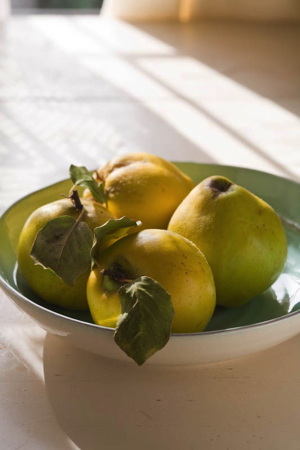
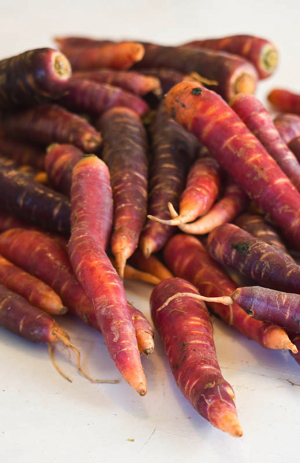
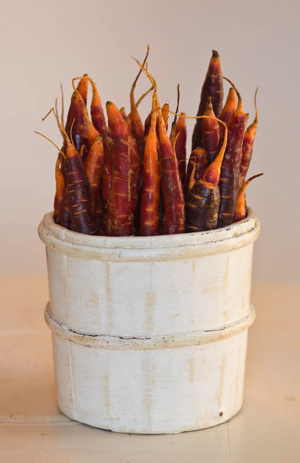
If you, or someone you love, has one or more of these symptoms, then you may be suffering from produce addiction. Addiction means a person has no control over whether he or she buys the fruits or vegetables. Someone who is addicted to delicata squash (one of the “starter” vegetables) has grown so used to the fresh produce that he or she has to have it. Long-term abuse can lead other addictions like specialty salts, oils and vinegars or even, in some dire cases blogging and tableware addictions.
Sadly, there is no known cure for produce addiction. If you think you’re addicted to fruits and vegetables, recognizing that you have a problem is the first step in taking control of your habit. With attention, there are ways to manage your condition to minimize the impact on your life and the lives of those around you.
Have a list and stick to it. There is no avoiding going to the grocery store, so when you do go, make sure you know exactly what you need to buy and only buy those things. Time yourself in the produce department, and get out of there as soon as you can. Lingering can only lead you down the wrong path.
Leave the canvas bags at home. Don’t let those canvas “enablers” persuade you to buy more. You can only carry so many heirloom tomatoes in two hands.
Have a plan about what you’ll do if you find yourself unexpectedly in a place with fruits and vegetables. The temptation will be there sometimes, but if you know how you’re going to handle it, you’ll be OK.
Ask your friends or family to be available when you need them, like on farmer’s market day. If you do fall back into old patterns a bit, talk to a friend or family member as soon as possible and hand over your stash. There’s nothing to be ashamed about, but it’s important to get help soon so that all of the hard work you put into your recovery is not lost.
Start a garden and plant your own fruit trees. There are many stories of addicts who have managed to kick their habit using the “overload method”. While there is little scientific data to back up these stories, there is certainly enough anecdotal evidence to support it as a possible means of addiction management. By growing your own produce, you not only save money, but the large quantities of fruits and vegetables you harvest may just put you off of them for good.

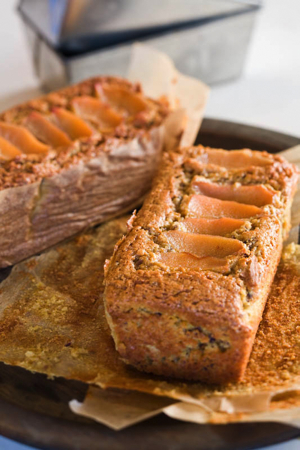
Make this tea cake. These little cakes use three different fruits and veggies, not to mention almond flour in case you also suffer from a specialty flour habit. The carrot and pumpkin make for an insanely moist crumb, and the poached quince slices, not only use up some of those quince you’ve had sitting around in bowls, but they also make your house smell “gee your house smells terrific” incredible.
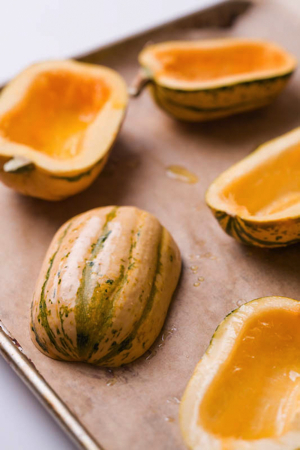
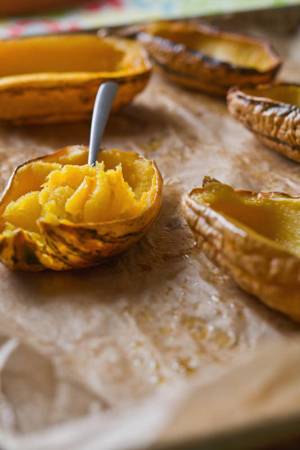
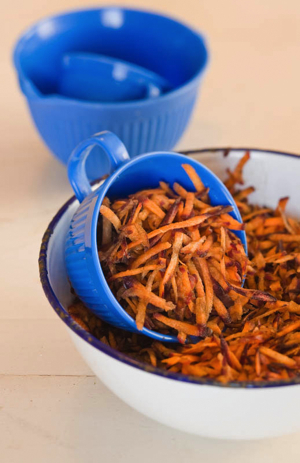
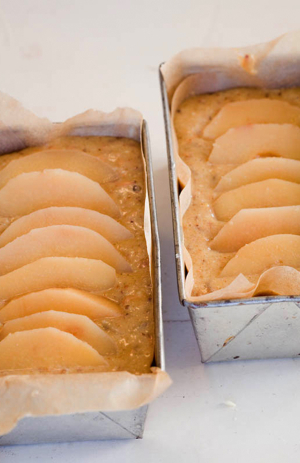
PS: My name is Lara Ferroni, and I am a produce addict. My last trip to the market was 8 days ago.
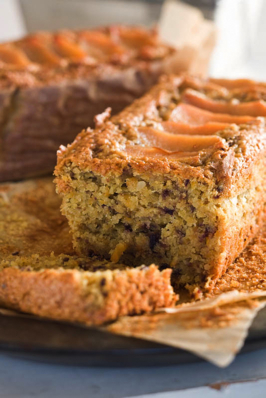
Carrot Pumpkin Almond Tea Cakes with Quince
For the almond flour in this recipe, you can either buy it (Red Mill makes a good one) already made, or make your own. To make it yourself, buy blanched almonds (10 oz) and toast them until very lightly browned. Let them cool, and then grind, along with the sugar in the recipe until they are a fine powder (but not a paste).
You can use any kind of sweet winter squash in this recipe. I used delicata, but kabocha, butternut or any of the pumpkin varieties would work just as well. You want about 1 cup of roasted squash from whatever variety you are using. That will mean about 2 regular sized delicatas or kabochas, one butternut, one carving sized pumpkin, or three or so of the mini varieties. It’s best to roast more than you think you’ll need… if you have a bit of roasted squash left over, just drizzle it with some syrup, butter and a sprinkle of salt and dig in!
1 – 3 winter squashes, about 3 pounds
1 t butter or vegetable oil
10 oz almond flour
3/4 c all-purpose flour
1 T baking powder
1/2 t finely grated lemon zest
1 1/2 c granulated sugar
Salt
3 large carrots (10 ounces)
3 large eggs, separated
poached quince (optional)
Preheat oven to 350F. Prepare your squash by cutting them in half, and scooping out the seeds. Light coat them in butter or oil, and place them cut side down on a baking sheet lined with parchment. Bake until very soft, 1 to 2 hours depending on the size of the squash. Let cool, and scoop out the roasted pumpkin.
Line a loaf pan (or several mini loaf pans) with parchment (a swipe of butter in the pan will help the parchment stick).
In a large mixing bowl, using a fork, blend both flours with the baking powder, lemon zest, sugar and a pinch of salt.
Finely grate the carrots in a food processor or with a box grater and add them to the flour mixture.
In a blender or food processor, puree about 1 cup of squash until smooth. Then, blend in the egg yolks. Add this to the flour mixture, and stir until just combined.
In a large stainless steel bowl, beat the egg whites with a pinch of salt until they hold firm peaks. Using a rubber spatula, stir one-third of the egg whites into the batter to loosen it, then gently fold in the remaining whites until the batter is just blended.
Scrape the batter into the prepared pan. Line the top with the poached quince slices and bake for 30 minutes, or until the cake is just set. Transfer the cake to a rack and let it cool slightly in the pan. Unmold the cake onto a serving dish. Serve warm or at room temperature.
Simple Poached Quince
This recipe (and the quince garnish on these tea cakes) was inspired by this wonderful spiced-quince brown butter cake recipe on Chefs Gone Wild… a recent discovery that is packed with some amazing sounding recipes.
3 quince, peeled, cored, and each cut into 16 slices
3/4 cups sugar
1 whole clove
1 cinnamon stick
2 star anise
orange peel from one orange
10 or so peppercorns (of the color of your choice. I used red)
3 cups water
Add all the ingredients to a large pot and bring to a boil. Then reduce heat, and simmer for about an hour, checking on the fruit every so often to make sure it is still submerged in the liquid and not getting overly mushy. Once the quince is fork tender, turn off the heat and let it cool to room temperature in the poaching liquid. You can use the quince with the liquid over ice cream (yum), or drain it and gently dry the quince with a towel (paper or otherwise) for use on the tea cake.
Hi, my name is Bron Marshall, I’m also a produce addict. My last trip to the market was errr… ahem… 20 hours ago. However things are getting a little better since I started growing more of my own produce, although seems now I have a seed catalogue addiction.
P.S those tea cakes look utterly scrummy!
I don’t remember how I stumbled upon your blog but I just wanted to let you know it’s one of my favorite bookmarks to click. Thanks for the beautiful photos and playful recipes. I’ve been reading for almost two years and hope it continues many more. Good work!
Awesome stuff again Lara. I’m a complete produce addict, and proud 😀 Right now I just cannot get enough winter squash. I just made a batch of chutney from it, which is maturing nicely.
This tea cake looks brilliant. I am certainly going to make this one.
I really need to make this. Otherwise it’s going to haunt me.
Unique and lovely.
I need a slice right now…
Great tips. I agree with having a plan/list and sticking with it. I typically plan out three or four recipes with similar ingrediants. That way I have less in the cupboards and they stay as fresh as possible.
Absolutely stunning!
I’ve recently descended to new depths by visiting *two* farmers’ markets a week–for no good reason than I needed to swoon over more produce. And I there thought I had it under control:-)
Psst–wanna come over for some stolen membrillo?
When I go to the market I get into so much trouble! How can you say no to all the wonderful fruits and vegetables? Like you I can’t and making a list doesn’t help as I usually leave it at home by mistake (on purpose) or toss it in the trash, as I never know what gems will be waiting for me. Never had quince so I must try this, absolutely lovely.
I answered no to all of the above Qs but couldn’t help reading on. Your photos are so gorgeous… it may just kick something off in me!
lol! love it! yes, the calico bag is such an enabler, they just seem to fit SO MUCH IN and leave arms free for carrying additional bags (stuffed with more produce!), then before you know it, there’s no room in the fridge or on benchtop!
will definitely have to try the teacake, substituting some stonefruit until quince season rolls around again for us.
I want some! I want some!
i feel your pain. i just returned from japan last week and i so wanted to buy those pretty radishes and gorgeous greens back to the hostel. but i’m glad i didn’t since cooking wasn’t part of the plan.
i’m melody, and i’m a produce addict. my next trip to the market should be tomorrow and i hope i don’t fall off the wagon.
Hi. I recently found you again, lost your address. This recipe looks delicious, looking forward to fall produce so I can try it. Do you have any suggestion on gluten free substitutions for the all-purpose flour? Really beautiful photography.